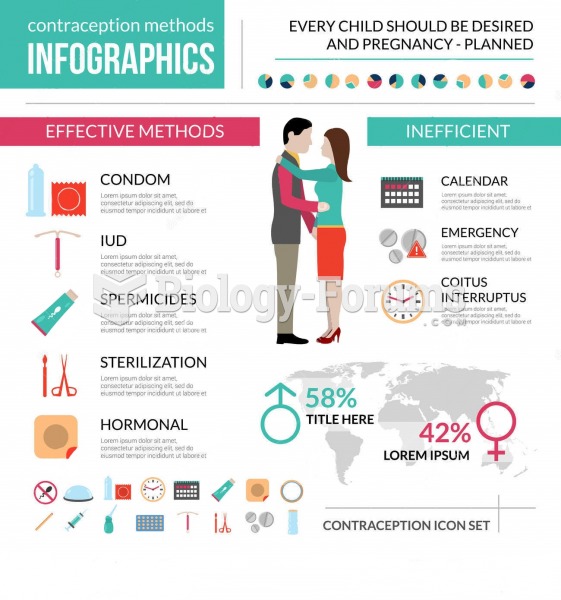Answer to Question 1
ANS: (answer may include any/all of the following)
Assessment is the practice of observing and documenting what children do and say.
Authentic assessment in a preschool reflects the philosophy of the program.
Authentic assessment realistically connects each child to the curriculum.
Performance assessment is an example of authentic assessment because it is used to describe the observations of children in their natural settings. Performance assessment collects data about the childrens developmental progress.
Formative assessment is another descriptive example of authentic assessment. Observation is the focal point and can include feedback to the children.
Methods that could be employed include informal assessments such as daily informal notes, anecdotal records, logs, notebooks, running records, checklists, interviews, conversations, portfolios, documentation, and work sampling.
Digital photographs, video recordings, and voice recordings could also be used.
Answer to Question 2
ANS: (answer can include any/all of the following)
Early childhood educators can support linguistically and culturally diverse children in the classroom by being responsive to their home language.
Teachers can offer linguistically appropriate opportunities, giving children experiences that will help them learn more about their own family culture, family cultures, and communities.
Educators need to acknowledge the importance of the home language because language is tied to our family existence and culture.
Continuity is important between home and school.
Teachers should first examine their own beliefs and familys cultural values.







